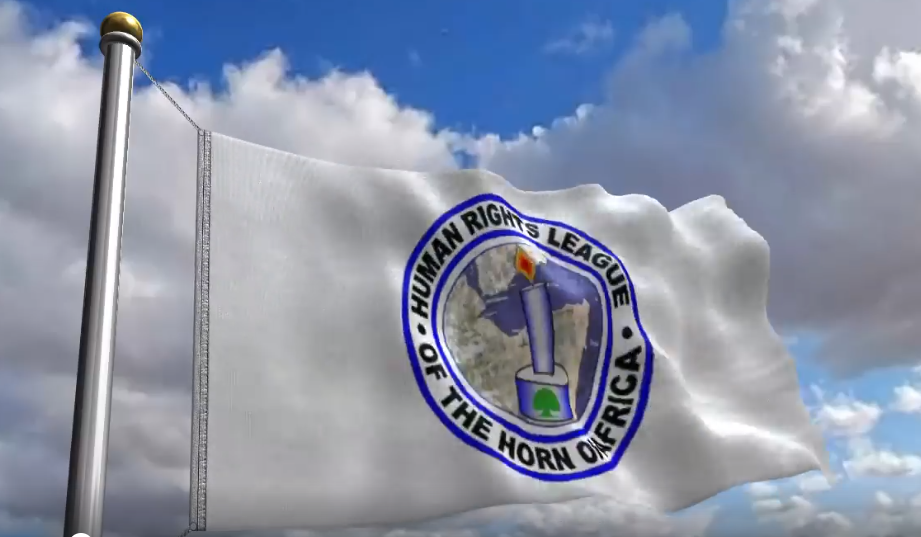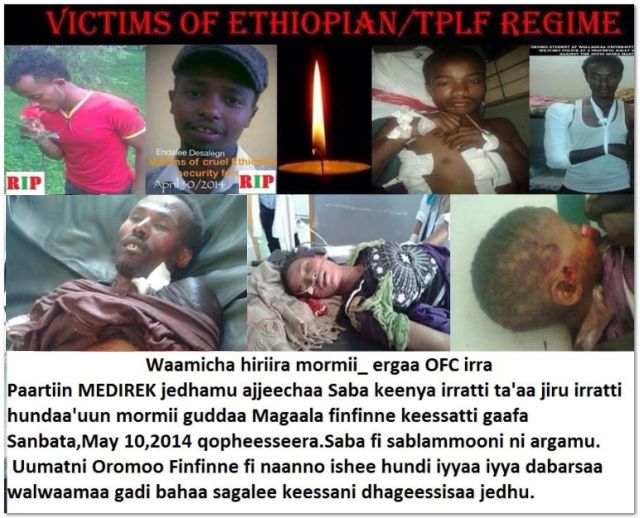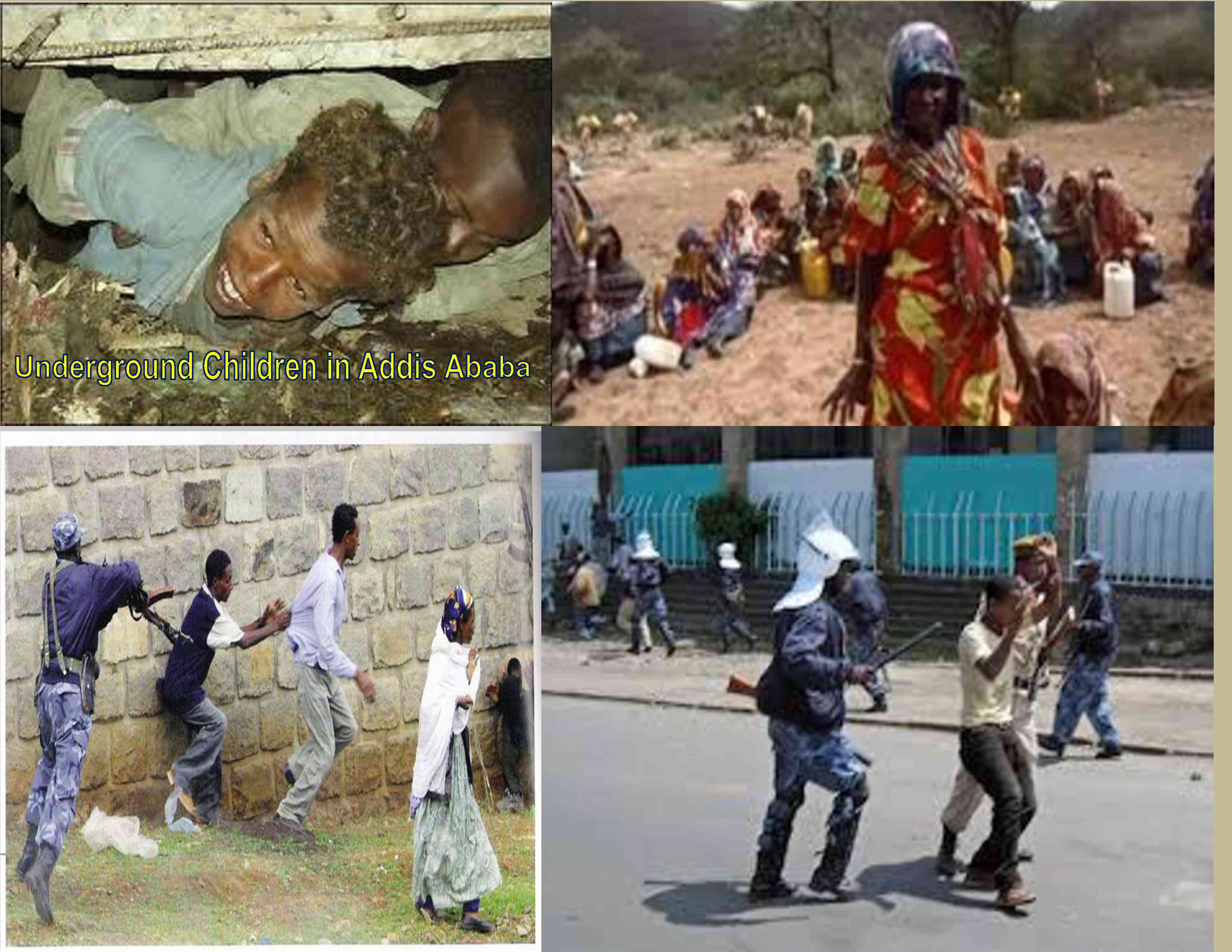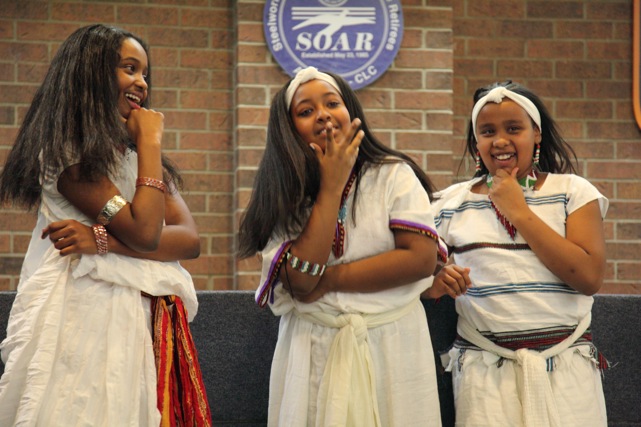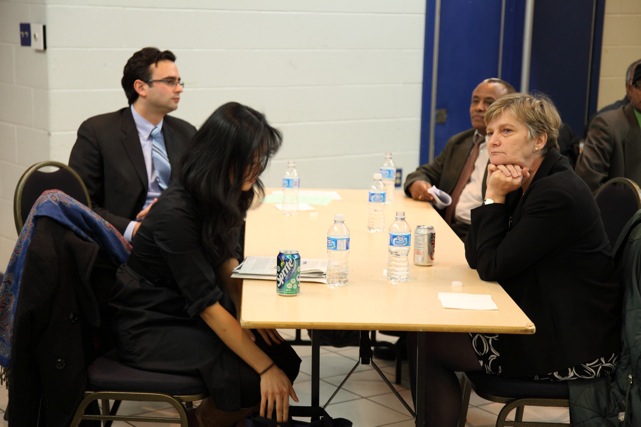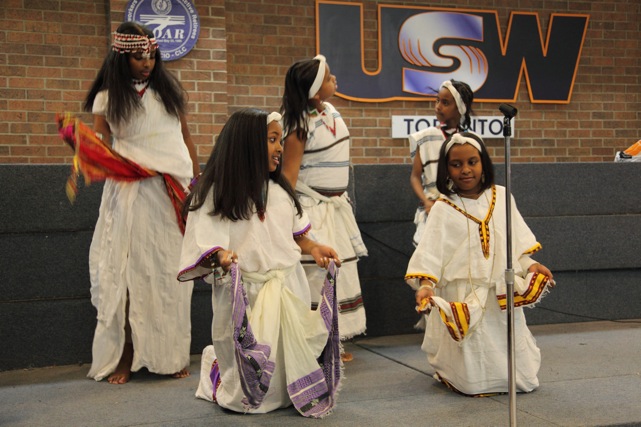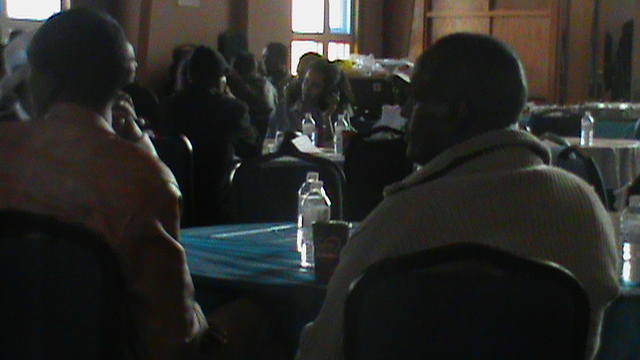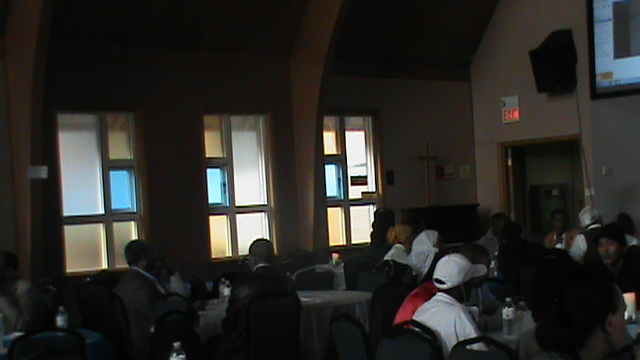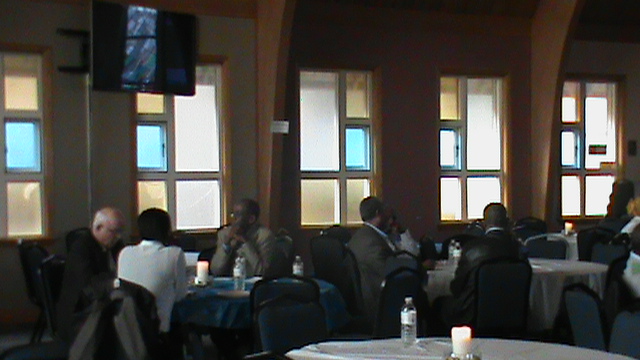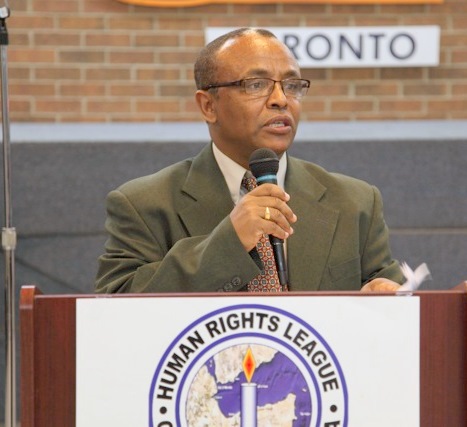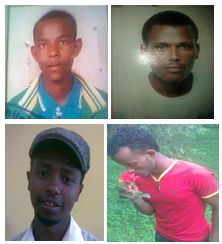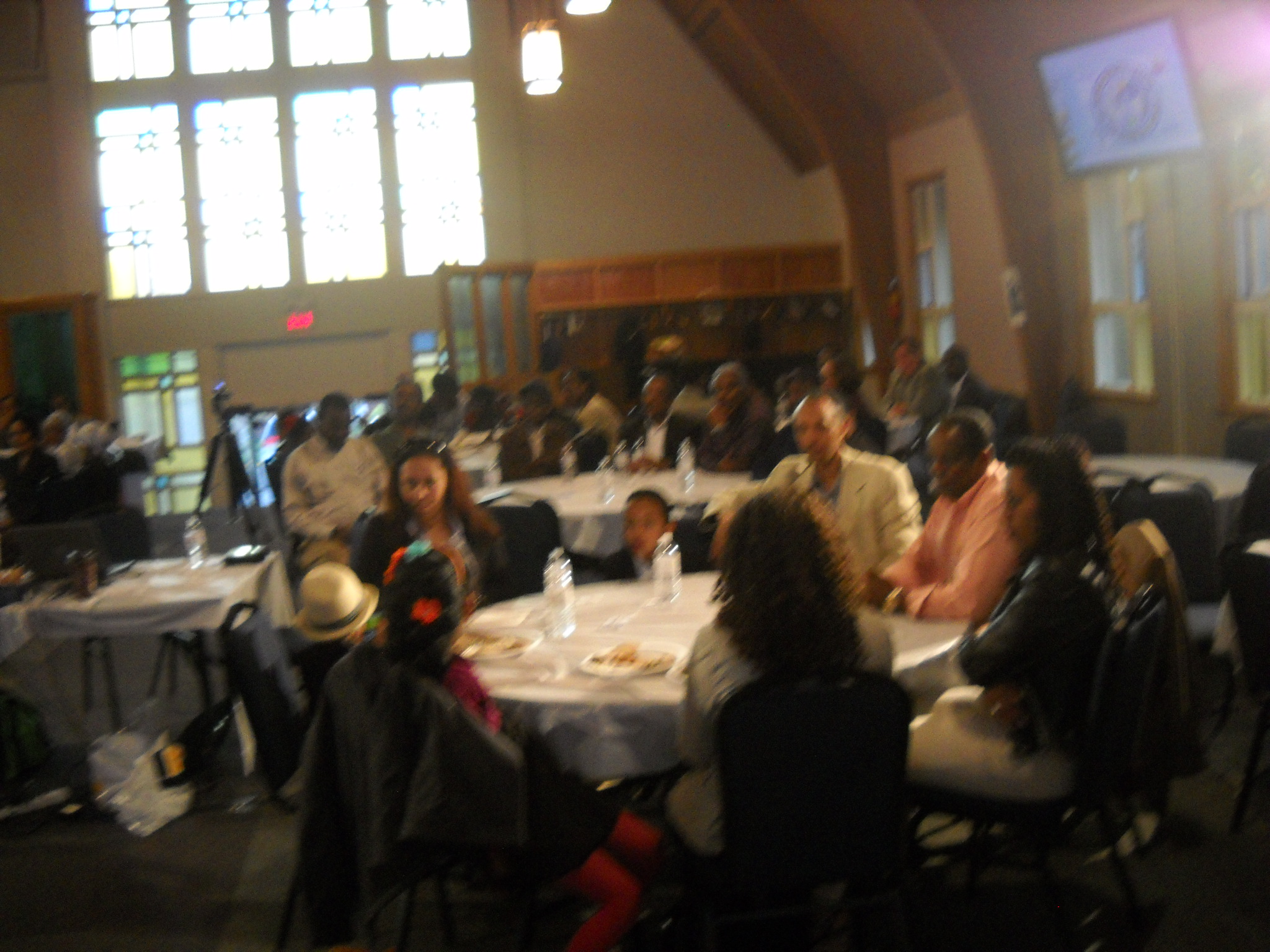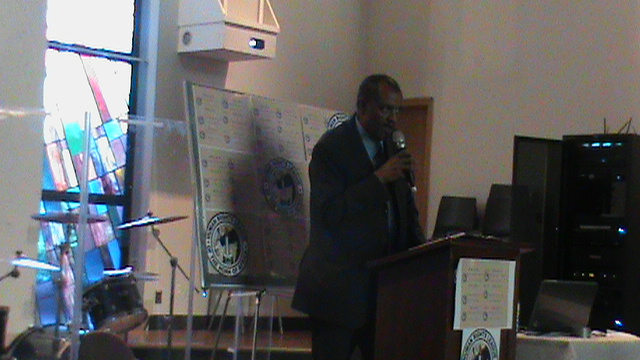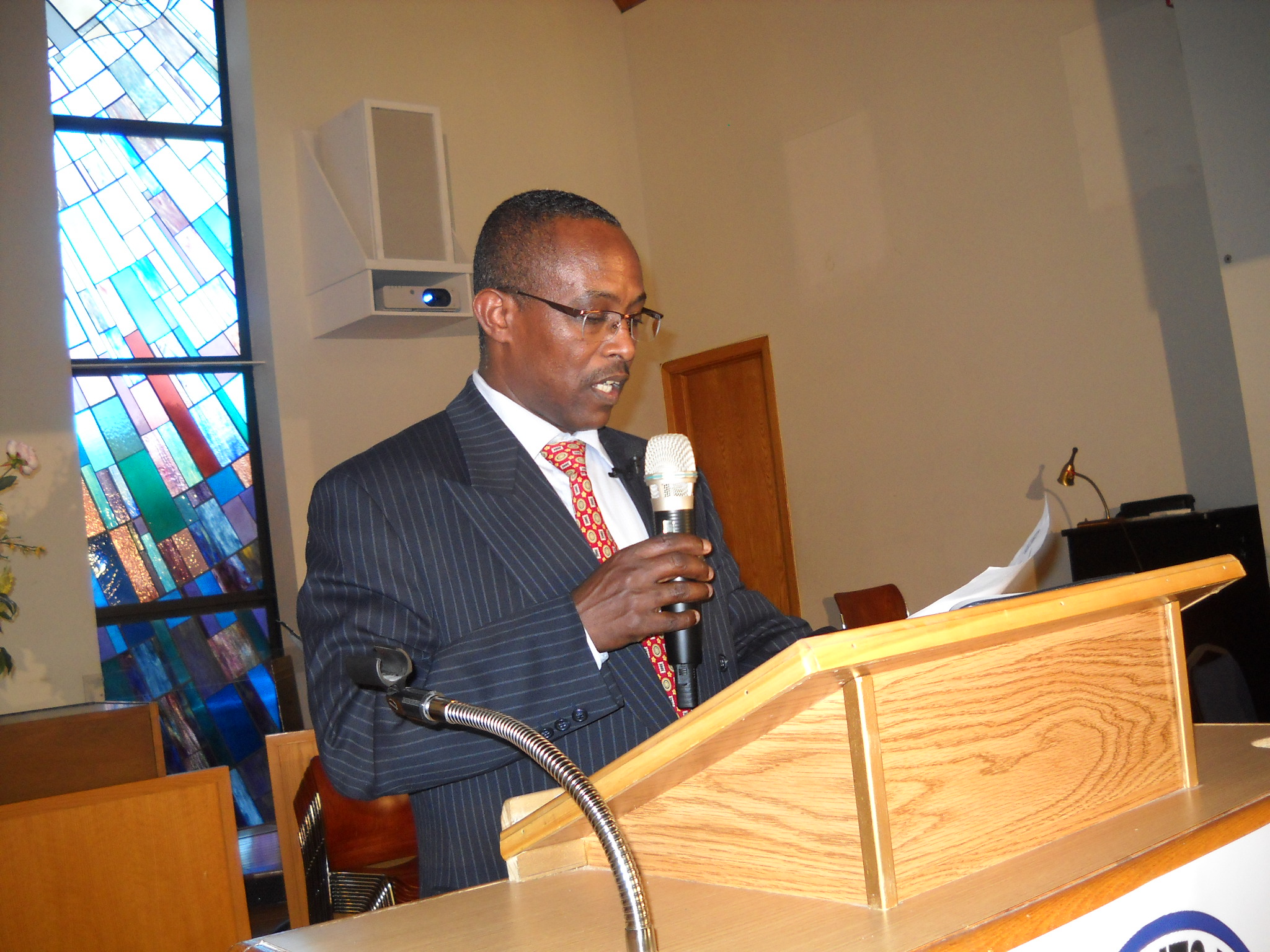JIJIGA, 2 September 2010 (IRIN) – Pastoralists’ disproportionate contribution to Ethiopia’s economy is belied by their marginalized status and by policy assumptions that they would be better off farming. But those who raise livestock tend to make the most of marginal land, according to experts, and are often proficient at adapting to changing circumstances.
“People think that pastoralist production systems are just static and backward but this isn’t true.
“Besides women changing roles, pastoralists are using cell phones and participating in trade and development in their areas. This is key to shift policymakers’ thinking of the pastoral system,” Charles Hopkins, CARE’s pastoral programme manager, told IRIN.
Although pastoralism has been recognized as a way of life in the Ethiopian constitution, the long-term focus is on sedenterization. “Pastoralists are often seen as people who should be told what to do,” said Hopkins.
Pastoralists are often referred to as `Zelan’, a derogatory Amharic term meaning aimless wanderers. Yet mobility is a necessary response to climate and vegetation variations, according to experts, who regard pastoralism as a sophisticated land-use system that allows people to live on the harsh drylands that would otherwise provide livelihoods for no one.
“Pastoral lands are also seen as idle and given to agriculturalists. With the growing food demand, pastoralists will always have this problem,” added Hopkins. Ethiopia has one of the highest populations in Africa and most of its citizens rely on agriculture.
Grazing land is reducing due to the conversion of land for farming, an elder in the Jerar area north of Jijiga in Somali Region, told IRIN.
“Before some of us were pastoralists but now most of our livelihood depends on farming,” he said.
“But farming is like a game of chance, you harvest or you don’t. In the pastoral system, you move with the drought. At the farm you may work so hard for nothing.”
Insecurity is affecting livestock movement too – there has been internal pressure in Somali Region from armed groups seeking the region’s secession.
Informal trade
Despite the odds, pastoralists, estimated at about 15 percent of the population, are contributing about 40 percent of the agricultural gross domestic product in Ethiopia, according to a 2009 Humanitarian Policy Group paper.
Informal systems, heavily dependent on communal ties, are especially important in the dynamic unofficial cross-border trade in live animals in exchange for consumer goods across porous borders. The government describes the trade as contraband.
“If a trader has the animals, we disperse them in different ways to Somaliland as we speak the same language,” said a livestock broker at the Jijiga Livestock Market. Nearly all animals crossing into Somalia are re-exported to Saudi Arabia, Yemen and the Gulf states.
“There are few legal livestock exporters as we are limited by the tax system,” he added.
Official marketing systems are burdened by regulations and taxes. “Livestock traders want to formalize the trade but there are bureaucracy problems such as the requirement to open accounts, and the need for foreign exchange yet Somalia lacks a functioning central bank,” said Mohamed Abdinoor, the US Agency for International Development (USAID) pastoral and livestock programmes technical adviser.
The peripheral location of most pastoral regions leads to their being squeezed out of domestic livestock markets. Cattle and sheep sold in Addis Ababa, for instance, predominantly come from the highland areas, exacerbating informal trade in a country said to have the largest livestock population in Africa.
According to Abdinoor, a clear policy on pastoral lands and reliable meat and live animal markets will help.
USAID’s Pastoralist Livelihood Initiative programme is providing development and emergency support through pasture rehabilitation, water harvesting, targeted livestock feeding and slaughter destocking. It is also providing linkages with livestock pharmacies and animal health workers.
Livestock serve as critical buffers against falling into persistent poverty, not only in pastoralist areas.
“We depend on God. We also support each other in times of hardship by loaning animals,” livestock trader Abdikarim told IRIN.
According to a UK-based Institute of Development Studies (IDS) report, effective engagement with pastoralists requires an understanding of these supportive connections. “This… is critical for pastoral systems where social, political, economic and environmental insecurity is catapulting people from managing well to merely surviving, often without warning.”
Pastoral women are increasingly involved in income generating activities, too, ranging from goats and sheep brokerage to buying and reselling bulls and cereals.
The milk trade largely depends on women.
Every morning, women in their brightly coloured shawls unload donkeys and camels laden with yellow milk jerricans at collection points strategically along the highway to Jijiga town.
“We all know each other. There is no risk of the middle man running off with our money,” said one of the women as she tied her jerricans to the waiting truck. Unique drawings help identify her jerricans.
“The truck driver takes the milk to a broker in Jijiga for sale. He comes back with other foodstuffs and commodities that we need.”
Payment is made once every five days.
“Sometimes the milk goes bad and has to be returned. We warn the women about this,” said truck driver Geshe Alemanyuhu.
There is a lack of milk preservation facilities but the women use smoke from the burning of some herbs to treat the milking trough, `dhiil’. This, they say, keeps milk fresher for longer.
Education
Increasingly, pastoralists are also embracing education. “In the past, the brightest boy in the family would be kept back from formal education and educated through the clan. Increasing livelihood insecurity and reduced herd size for some is changing that. Now the brightest boys, if it can be afforded, are being selected to send to school,” the IDS report said.
But barriers remain such as long trekking distances to school. The harsh climate in Afar, for instance, also means that fewer children there attend and stay in school, as families depend onmobility to survive.
CARE’s Hopkins said: “For the pastoralist, education is being seen as an adaptive mechanism.”
